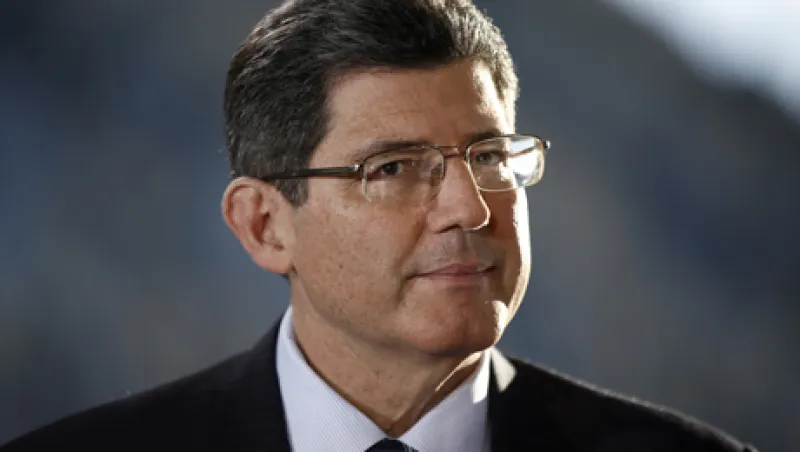In his brief stint as Finance minister of Brazil, Joaquim Levy spent most of last year trying to cut government spending and boost revenue in a last-ditch effort to contain the budget deficit under Dilma Rousseff, the country’s now-suspended president. These days Levy has a new job and a radically different objective: getting money to flow out the door faster at the World Bank Group, where he serves as CFO and one of three managing directors under president Jim Yong Kim.
The bank extends some $60 billion a year in loans, grants, equity investments and risk insurance, and demand for its assistance is growing fast, reflecting both the recent Paris agreement’s call for more aid to help developing countries adapt to climate change and the need for financing to fulfill the United Nations’ Sustainable Development Goals.
Levy, 55, who joined the Washington-based bank in February, sees two possible ways of increasing its lending power. First, he’s exploring the idea of enabling the International Development Association, the bank arm that makes concessional loans and grants in the world’s poorest countries, to borrow on the capital markets for the first time.
With rich nations unlikely to boost their contributions much in the IDA replenishment round that ends in December, leverage is the best option for giving the institution more punch, Levy says, while pension funds and other long-term investors show a growing appetite for impact and other socially responsible investments. “Anything we do would probably get a good reception in the market,” he predicts.
The University of Chicago–trained economist, who ran Bradesco Asset Management, Brazil’s No. 3 fund manager, from 2010 to 2014, is also working with the Institute of International Finance, an industry association, to try to develop a reference index for infrastructure debt. Such an index could spur investment flows to the sector, just like J.P. Morgan’s Emerging Market Bond Index helped to spark the takeoff of EM bond investing in the 1990s, he says: “It would be a fundamental step to make project bonds an asset class.”
Visit Tom Buerkle’s blog and follow him on Twitter at @tombuerkle.





